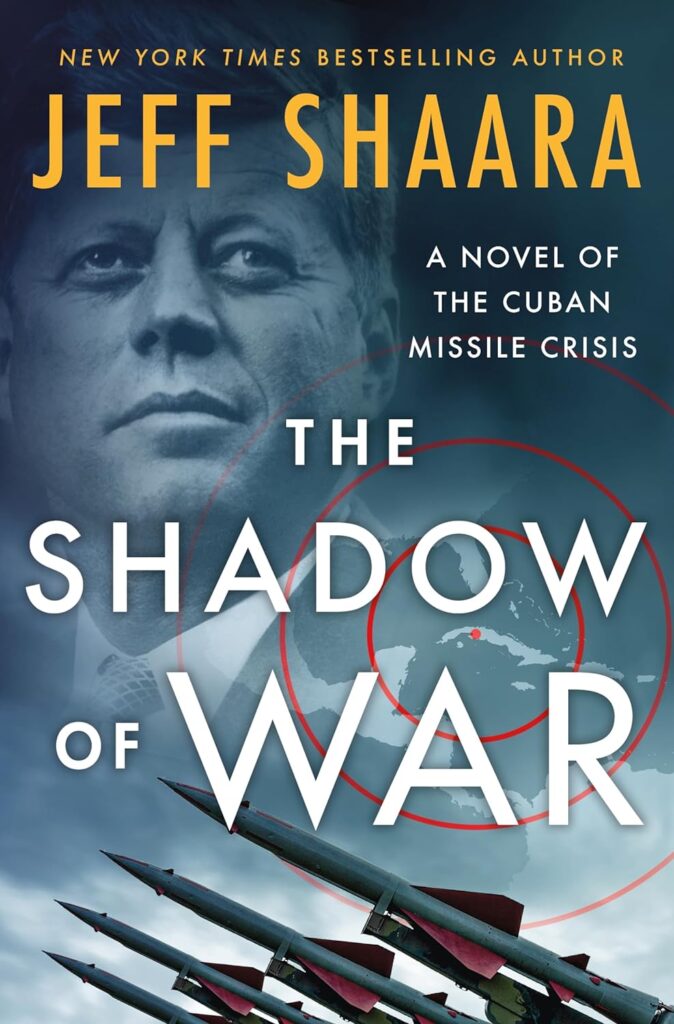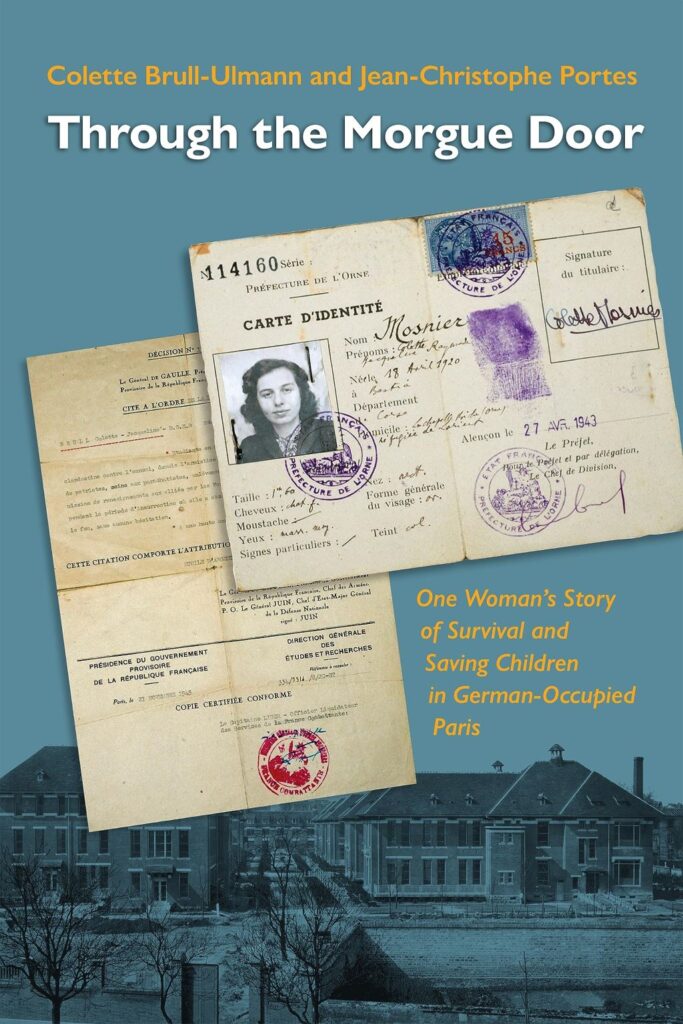

Available for pre-order. Release date: March 28, 2023
Clancy Martin says he is addicted to suicide. He has wanted to kill himself at least from the time he was two or three-years-old. Martin’s first suicide attempt occurred when he jumped in front of a bus at six. He has made several attempts, most of which he describes in detail.
Martin compares his suicide addiction to alcohol addiction, with which he freely admits he struggles. Martin likens some AA catchphrases to suicide, such as, “Relapse is part of recovery”, and, “Once an alcoholic, always an alcoholic”. He also notes the high correlation between alcohol and suicide.
Martin claims he wrote this book to show what it is like to want to kill yourself but go on living, to persuade those with suicide ideation not to follow through, for those near someone who has attempted suicide to treat that person gently, and for those left behind not to blame themselves.
Martin admits he wouldn’t refer someone considering suicide to the books of Anne Sexton, Edouard Leve, David Foster Wallace, or Nelly Arcan; these writers wrote about suicide and eventually killed themselves. Yet, Martin refers to the writings and lives (and deaths) of these authors in this book.
Martin, a Canadian philosophy professor, quotes, among others, Buddhist teaching, Goethe, Schopenhauer, Alfred Adler, Nietzsche, Freud, William Styron, and Eastern thought.
Is this really a self-help book for those afraid of giving in to the urge to kill themselves? Despite Martin’s 9-point list of what he applies when he feels suicidal, Appendix I: Tools for Crisis, and Appendix II: In Case of Emergency, I believe this book may be the impetus that give someone the courage to kill themselves. Martin talks about others who have committed suicide, quotes them, and aggrandizes their irrevocable act. Martin self-indulgently wallows in suicide. The book would be more helpful if he cut all but his list and the two appendices.
As of the writing of this book, Martin says his drinking is under control and he does not desire to “[hang] myself from a cedar beam in the garage”, a vivid phrase he uses more than once. He has overcome the dysfunctional family situation of his boyhood, excessive drinking, drug abuse, and multiple marriages. I sincerely hope that Martin can stay in his present healthy mental state and die what he calls a good death, not by his own hand.
I cannot recommend this book.
#suicide @PantheonBooks











